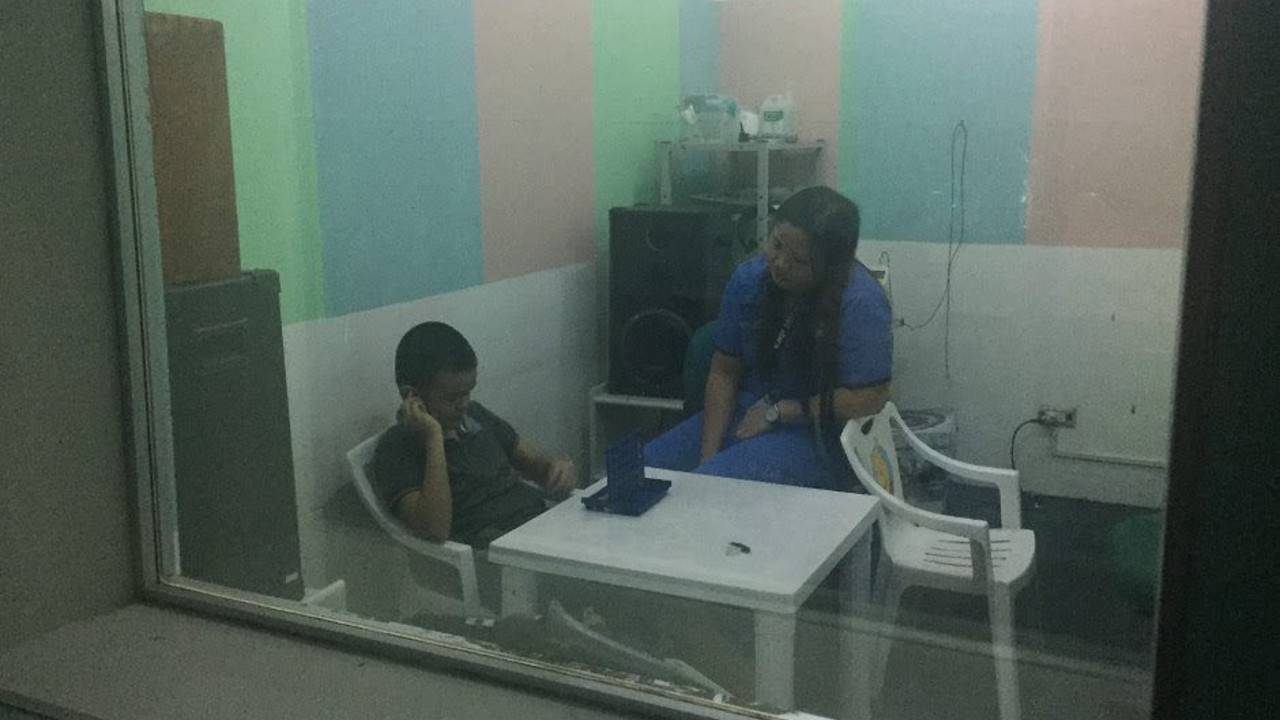Beyond the CI Surgery

It has been a great year for us. We've had ups and downs. We started off with Johann's surgery in January and then his eventual switch on. We prepared for the post-operation part as much as we can, but looking back now, here are some of our tips for beyond the surgery.

Post-Surgery
First you need to take care of the wound. After all, your child will undergo surgery. The device will be in his body, so you have to watch for signs that his body is taking it well. Softness or redness around the area of the device, headache, fever, are just some of the things you need to watch out for. Contact your surgeon immediately, better be sure than sorry. Recovery will take around 1 month. Your child will not have amplification during this time (unless his other ear is hearing or with hearing aids) so be extra patient. You will be taught how to bandage the area properly to help protect the device and help air out the wound.
The Switch On
Your cochlear implant device has an internal part and an external part called the speech processor. They will be paired together after one month or earlier depending on your child. The volume will be turned on slowly. You need to have a way to know if you child is benefitting from it if your child is still non verbal. Usually this is what the succeeding aided tests are for. If your child can already talk, be patient with him. Ask if he has a headache because of the new sounds. Or if he gets dizzy. Normally you would see their eyes twinkle at the first sound, its something new to them and yes, the viral videos of babies who hear for the very first time is underrated if your child is right infront of you having that same moment.
Regular Mapping
This is just like the switch on but done on a regular period for at least one year, to adjust the settings of your CI device. As your audiologist slowly increase the volume of the device, open up more programs to be used, and generally match the CI device settings to what your child hears, you will slowly see the benefits of having a cochlear implant. You start out having mappings quarterly, and eventually have it as needed depending on your child's progress.
Routine Aided Hearing Tests
You need to monitor your child's hearing levels using his new CI device through aided tests, so budget for these as well. This is your audiologist's basis of how they will adjust the settings of your device for optimal hearing for your child.
Consistent Speech Therapy
Given that your child needs assistance on how to process the new sounds he now hears, it is imperative that you go to consistent speech therapies. Your speech therapist will work alongside your audiologist in determining how your child is adjusting to his new CI device. Hearing tests will only show you the levels the child hears during the test, but your speech therapist will be able to help translate that to communication goals you need for your child. This is the success of your cochlear implant device - to bring your child to communicate better because he hears better.
May these additional information aid you and help you plan your post surgery goals accordingly.